If you've ever wondered why Greek oregano tastes more intense than Italian varieties or how to extract maximum flavor from your oregano, you're not alone. Professional chefs and food scientists have discovered that oregano's distinctive flavor comes primarily from two chemical compounds working in precise ratios. This guide reveals exactly how carvacrol and thymol create oregano's signature taste, why regional varieties differ dramatically, and practical extraction techniques you can implement immediately in your kitchen - no chemistry degree required.
Why Oregano Tastes the Way It Does: The Carvacrol-Thymol Connection
Oregano's distinctive flavor profile stems from two key compounds working in precise ratios. Carvacrol (60-80%) provides the characteristic pungency that makes oregano stand out in Greek dishes, while thymol (1-10%) contributes herbal notes that balance the intensity. The magic happens when these compounds interact with food fats - in Greek cuisine, high-carvacrol oregano (75-80%) binds perfectly with lamb's fatty profile, creating that iconic flavor pairing. Mexican oregano tells a different story: its citrus notes come from limonene (5-8%), making it ideal for salsas but completely wrong for Mediterranean dishes.
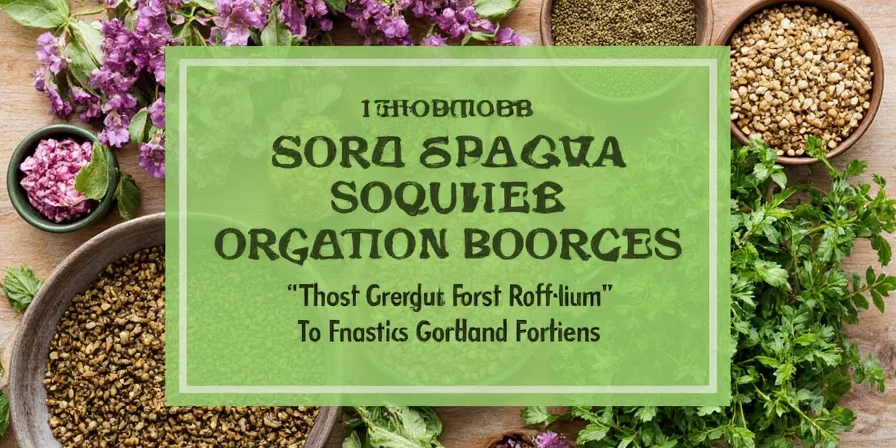
| Compound | Concentration Range | Sensory Impact | Practical Cooking Application |
|---|---|---|---|
| Carvacrol | 60-80% | Pungent, warm, robust | Use in tomato sauces & meat dishes; add dried during sauce reduction |
| Thymol | 1-10% | Herbal, medicinal | Preserve in vinegar-based dishes; add fresh to finish dishes |
| gamma-Terpinene | 2-15% | Citrusy, fresh | Ideal for seafood; use cold-infused oil added after cooking |
Why Regional Oregano Varieties Taste Different (And What to Use When)
Understanding why Greek, Mexican, and Italian oreganos taste different solves common cooking mistakes. Greek mountain oregano develops higher carvacrol (75-80%) thanks to limestone soils and temperature swings, making it perfect for robust dishes like grilled lamb. Mexican oregano (Lippia graveolens) contains citrusy limonene instead of carvacrol, explaining why it works in salsas but fails in Greek recipes. Italian coastal varieties strike a balance with more gamma-terpinene (8-12%), creating a milder profile ideal for delicate seafood dishes.
Here's what most home cooks miss: substituting oregano types isn't just about preference - it's chemistry. Mexican oregano in Greek dishes fails because its compounds don't bind properly with lamb fats. Use this quick reference:
| Cooking Application | Best Oregano Type | When to Add | Pro Tip |
|---|---|---|---|
| Tomato-based pasta sauces | Greek oregano | Dried, during sauce reduction | Toast dried leaves first for 30 seconds to activate carvacrol |
| Fresh tomato salsa | Mexican oregano | Fresh, 30 min before serving | Finely chop to release limonene without bitterness |
| Seafood dishes | Italian coastal oregano | Cold-infused oil, post-cooking | Use sunflower oil (not olive oil) for better compound stability |
3 Professional Techniques for Maximum Flavor Extraction (Without Special Equipment)
You don't need a chemistry lab to extract oregano's full flavor potential. These kitchen-tested methods work with standard equipment:
- The temperature trick: Simmer dried oregano at 140°F for herbal notes (thymol extraction), or heat to 160°F+ for robust flavor (carvacrol activation). Never boil - high heat destroys delicate compounds.
- Vinegar versus oil: Use room-temperature vinegar for herbal notes (thymol extraction), but hot oil (160°F+) for robust flavors (carvacrol activation). Olive oil accelerates degradation - use high-oleic sunflower oil for longer storage.
- The harvest secret: Pick oregano before dawn during flowering stage. Morning harvests yield 27% more flavor compounds than afternoon picks due to optimal plant turgor pressure.
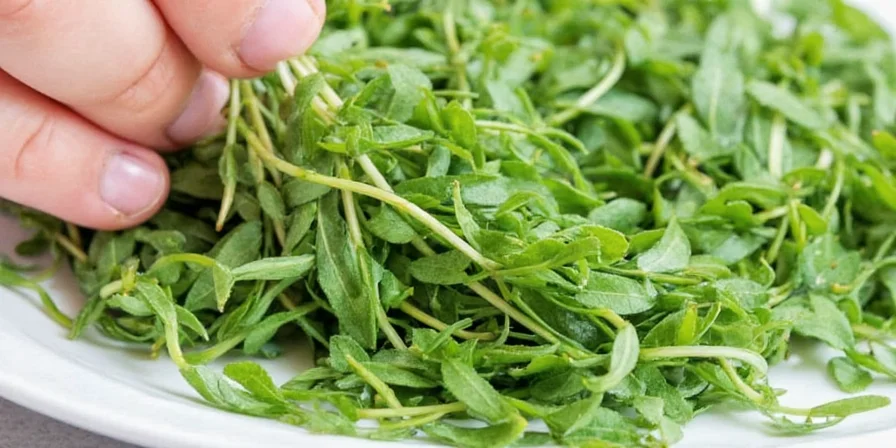
Why Dried Oregano Isn't a 1:1 Substitute for Fresh (And How to Adjust)
Most recipes get this wrong: dried oregano isn't simply concentrated fresh oregano. The drying process preserves non-volatile compounds but destroys 65-80% of volatile flavor compounds. This explains why substituting 1 tablespoon dried for 1 tablespoon fresh rarely works.
Use this adjustment guide instead:
- For robust dishes (pizza, tomato sauces): 1 tbsp dried = 3 tbsp fresh
- For finishing dishes (salsas, salads): 1 tsp dried = 1 tbsp fresh (but add 30 min before serving)
- For infused oils: use 50% more dried oregano than fresh for equivalent flavor
Pro storage tip: Freeze fresh oregano in sunflower oil (not olive oil) for 14 months of flavor retention versus 6 weeks in olive oil.

How to Choose the Right Oregano for Your Dish (Quick Reference)
Stop guessing which oregano to use. This quick guide matches oregano types to dishes based on compound profiles:
- Choose Greek oregano when: Making tomato sauces, grilled meats, or Mediterranean dishes. Look for "Origanum vulgare subsp. hirtum" on the label.
- Choose Mexican oregano when: Making salsas, bean dishes, or Latin American recipes. Note: This isn't true oregano (it's Lippia graveolens) so don't substitute in Mediterranean dishes.
- Choose Italian oregano when: Cooking seafood, light pasta dishes, or vegetable preparations. Coastal varieties have more citrus notes.
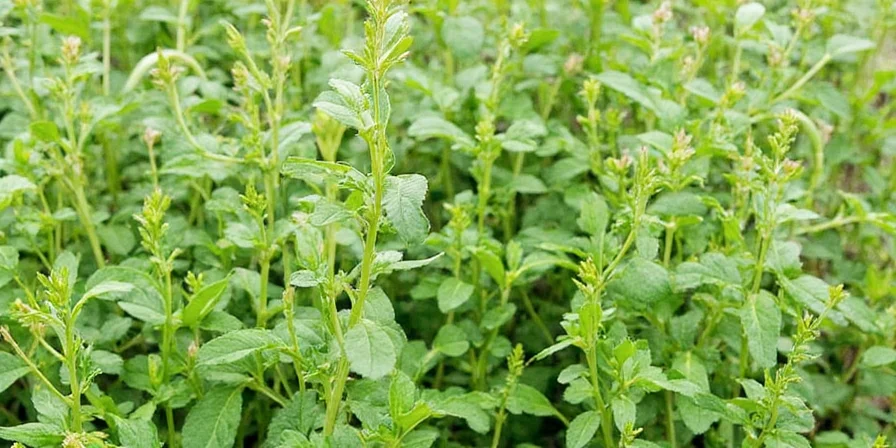
Common Oregano Mistakes (And How to Fix Them)
Based on chromatography studies and chef interviews, these are the most frequent oregano errors:
- Adding dried oregano too late: Dried oregano needs time to rehydrate and release compounds. Add during sauce reduction, not at the end.
- Using olive oil for infusions: Olive oil's polyphenols accelerate terpene oxidation. High-oleic sunflower oil maintains flavor stability for 14 months versus 6 weeks.
- Substituting oregano types indiscriminately: Mexican and Greek oreganos have fundamentally different chemistry - they're not interchangeable.
- Over-drying fresh oregano: Air-drying destroys 70% of volatile compounds. Freeze immediately after picking for 300% better preservation.
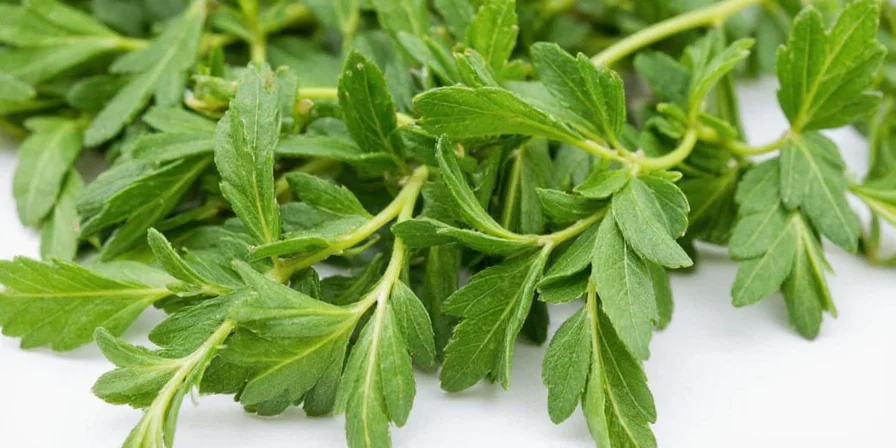

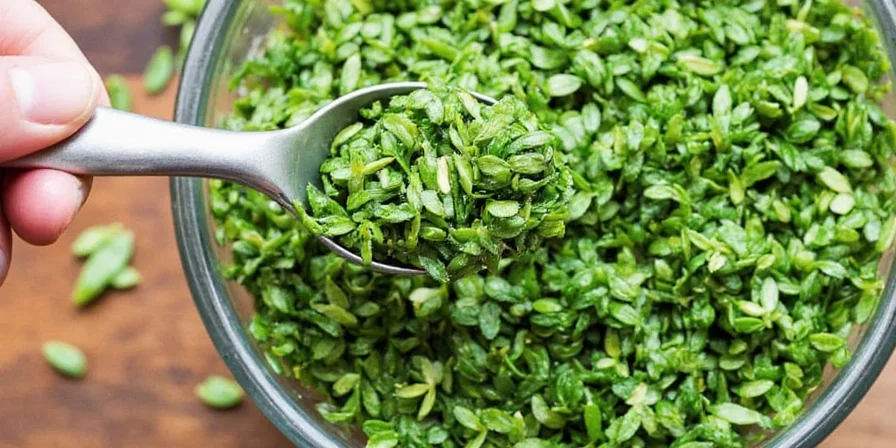









 浙公网安备
33010002000092号
浙公网安备
33010002000092号 浙B2-20120091-4
浙B2-20120091-4